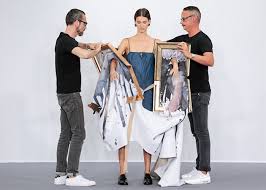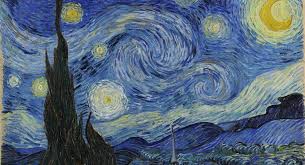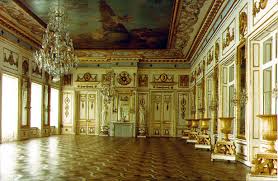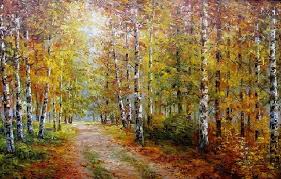nastya
TALKS ON THE ISLANDS OF ART (part 2)
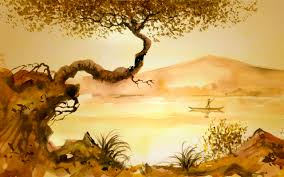 02/13/2011 Jrn Calo:
02/13/2011 Jrn Calo:
Dear Tatyana!
First of all, I must tell you that I like to think and manage the reading public. We live in an era of image, when there is no time for reflection. People often prefer to act, because thinking and working on their inner world takes too much time. Therefore, I like to make provocative judgments in order to stimulate new thoughts and ideas. I would also like to look into the future to find out how the history of art will develop and imagine what could happen in art tomorrow.
Each company uses all its resources and knowledge that may be useful to the cause. If you think that everything that is hand-made is art, you acknowledge that the urinal of Marcel Duchamp or the shark in formaldehyde Damien Hirst is art. Continue reading
TALKS ON THE ISLANDS OF ART (part 1)
 Traveling in the endless sea of the Internet, you can find a great many large and small sites where people share their art, want to be heard and seen, but more often want to sell their works. On one of these islands I was lucky enough to meet a man who is seriously interested in the future of art. This is a Spanish writer and artist, recently engaged in the art associated with the latest computer technology Jrn Calo. He leads his multimedia magazine.
Traveling in the endless sea of the Internet, you can find a great many large and small sites where people share their art, want to be heard and seen, but more often want to sell their works. On one of these islands I was lucky enough to meet a man who is seriously interested in the future of art. This is a Spanish writer and artist, recently engaged in the art associated with the latest computer technology Jrn Calo. He leads his multimedia magazine.
We started a correspondence, which turned out to be interesting and useful to both of us. Questions related to contemporary art, concern many. Therefore, we decided to make our dialogue accessible to others – on the pages of the Spanish magazine and here on our website.
After my question, does he like the abstract works of one contemporary artist, Jrn Calo wrote me the following. Continue reading
